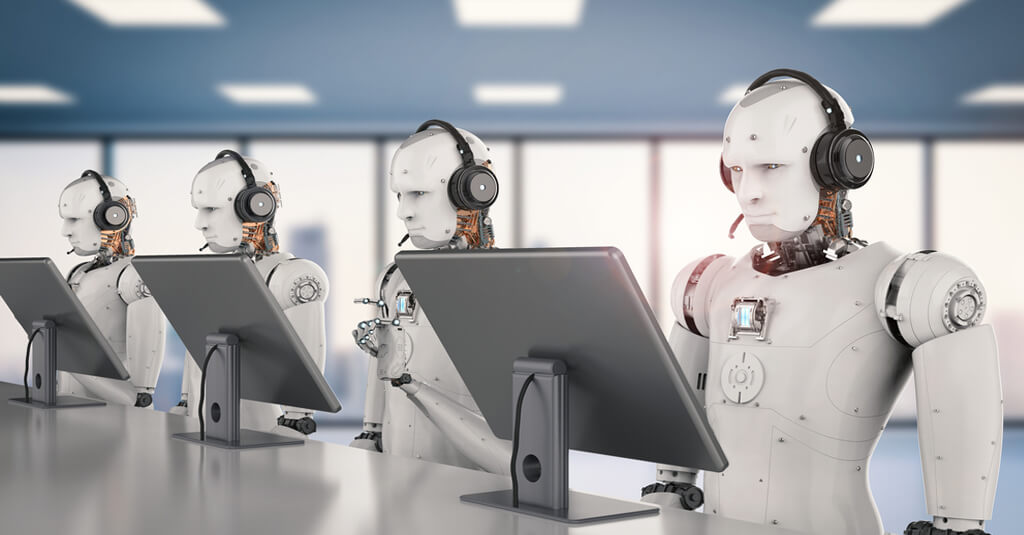With the advent of modern mobile learning technologies and machinery powered by artificial intelligence (AI), the facet of workplace training has changed completely. Computers and algorithms ease everyday tasks and imagining work without them is simply not possible. Apart from companies, even education systems and industries are facing these challenges with constantly evolving technology. We are living in an era where people rely more on responsive learning strategies and automation has replaced human tasks. This evolution has raised varied organizational and talent challenges when industry leaders are already dealing with business risks, political and social upheaval.
Impact of Artificial Intelligence on Corporate Training
The future of workplace training considers several questions of today’s age. The workforce from next generation will take a new shape because of complex and competitive forces. Few of these forces are certain while others are difficult to predict. Rules and regulations, changing consumer demands and workplace behavior reflect a transformation towards an automated learning style. Forces that evolve the face of workplace learning, innovations and business models are known as megatrends. These have helped in increased employee retention, motivation and business productivity. Let us discuss the growing impact of AI on the following areas:
- Technological innovations
Automation and AI have advanced in today’s time, thereby changing the nature of jobs available in the marketplace. Modern technology has the power to enhance business productivity and quality standards, enabling workforce to focus upon personal development. - Transformations in global economy
Developing countries, especially those with a huge working population, embrace business ethics to attract huge investments and enhance workforce training environment. They face a plethora of daunting challenges with technological advancement as unemployment will continue to increase without specific investment. - Geographical shifts
The increasing size and distribution of world’s population is putting varied challenges on business economy. Employees need to learn new skills and boost their proficiency level. Lack of extensive workforce due to changing economies drives the scope of artificial intelligence and automation.
The potential of automation to enhance workforce training experience is unbounded. Over the last few years, tactics based on artificial intelligence have been applied to address different challenges of e-learning, including reasoning, planning and language processing. AI helps organizing content for effective training delivery. It plays a major role in the field of learning analytics, assessing the quality of training courses and adaptive learning systems.
Development of Learning Systems with Artificial Intelligence
AI plays an eminent role in the development of work and learning environment from aligning skills to employers, capital to investor and customer to supplier. While it provides a lucrative marketplace, it can grow over the entire global economy system. Machine learning and AI understand, learn and then implement based on the instructions. So, there are three levels of AI which are listed below:
- Assisted intelligence which aids improving tasks that employees and organizations are already performing. For instance, GPS navigation program that directs drivers per the traffic and road conditions.
- Augmented intelligence is emerging at a rapid pace today and helps people do what they could not do otherwise. For instance, car ride pooling business was not possible without the combination of programs that organize it.
- Autonomous intelligence is developed for the future generation, it establishes machines that perform in place of humans. For instance, self-driven vehicles that run automatically are widely used round the globe.
Artificial intelligence will develop a world which will reduce the task of processing and analyzing data, enabling humans to engage more in innovation and creative thinking. The evolution of digital learning, large enterprises can mitigate their internal as well as external costs. Organizations can enhance productivity with fewer personnel and enhance their operations, without any need to invest good amounts of capital.








